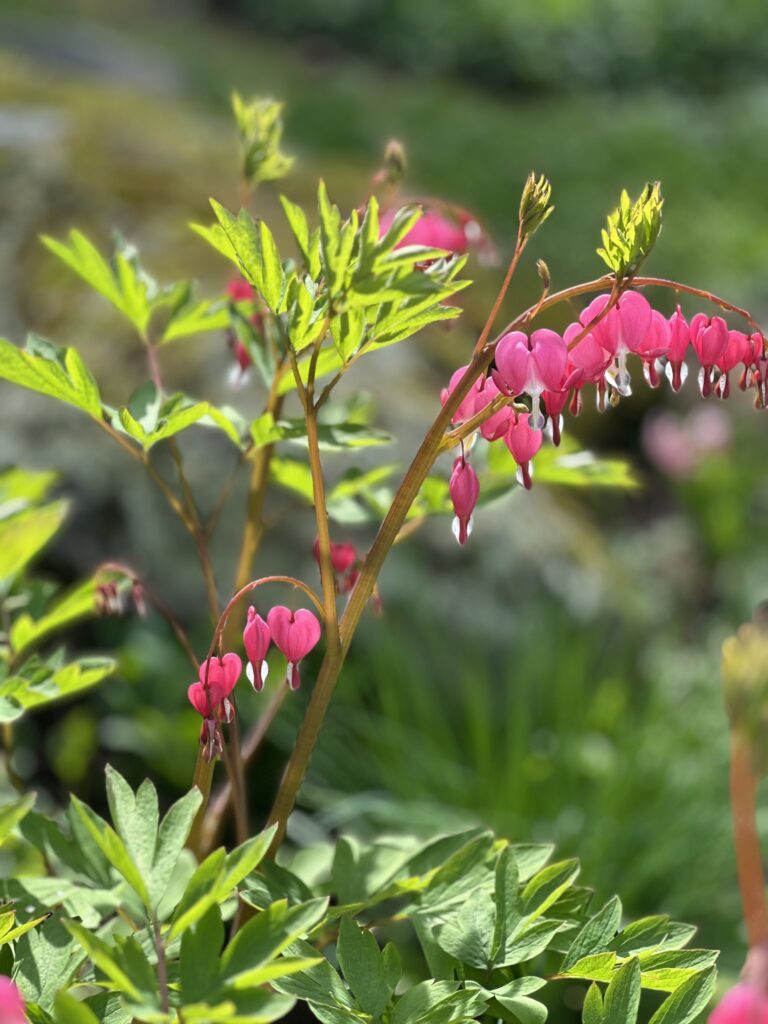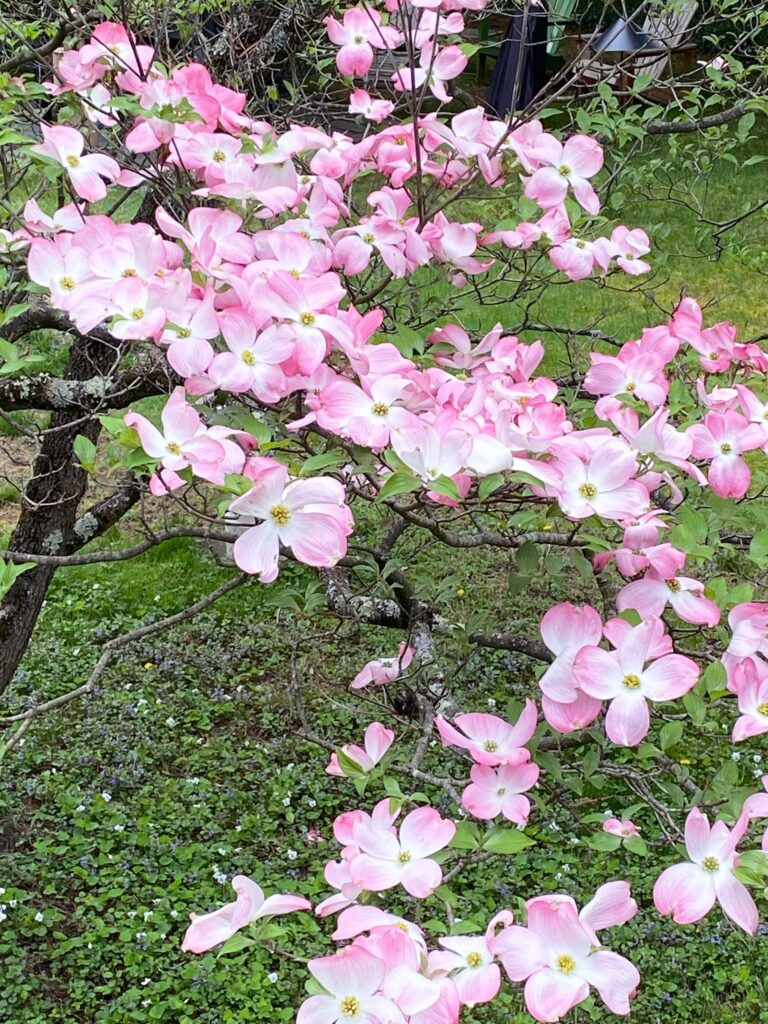Do not plant annuals too early. They do not like nighttime temperatures below 40 degrees. The general rule is to plant them around Memorial Day but it appears to be warming up early. Therefore, if plants are purchased early, place them in a protected area close to the house. Keep the pots watered.

Before purchasing perennials for your garden, consider the hardiness zone. We are zone 6a. Check for height, width, light requirements, susceptibility to diseases and insects and drought tolerance of plants. Do not select plants that are known for having insect and disease problems. Consider adding native trees, shrubs and perennials to your garden.
Most plants (lawns, vegetables, perennials, annuals, trees and shrubs) need one inch of water per week. It is better to water with one or two deep waterings per week than to water lightly each day, which encourages shallow rooting. Having a rain gauge is helpful. Be attentive to the Acton Water District’s water restrictions.

Raise lawn mower cutting height this month to 2½-3 inches, which will help keep turf more tolerant of drought. There is a direct correlation between shoot and root growth: the higher the top, the deeper the roots. This also inhibits weed growth. Sharpen your mower blades. Dull blades tear the grass blades, resulting in brown edges.
Edge beds to keep grass from creeping in and to create broad, smooth curves or straight lines according to your preference.
Use organic mulches, as they provide many benefits, including moisture retention, minimization of fluctuations in soil temperature, weed suppression, and protection from mechanical damage from line trimmers and lawn mowers. Organic mulches such as bark mulch also look attractive and help with the addition of organic matter to the soil through decomposition. Remove established perennial weeds before mulch is applied. Avoid mulch depths greater than four inches and do not allow mulch to contact the base of trees and shrubs.
Cut faded flowers from tulips, grape hyacinths, and daffodils. Do not cut bulb foliage; allow it to die naturally (that is, until the leaves are yellow or limp). Do not fold over or tie foliage as this will inhibit photosynthesis and therefore the storage of nutrients needed for next year’s flowers.
Annuals and perennials will keep a steady bloom performance if their faded flowers are continually removed; that prevents seed formation.
Get out the peony cages and get them in place early to prevent possible damage as their heavy flowers develop. Cage or stake any other floppy plants as they emerge.
This is a good time to divide large hostas and daylilies into smaller clumps. Snowdrops and Winter Aconites can be divided while the foliage is green. This is the time to divide the late summer and fall-blooming perennials.
Prune lilacs, viburnums, deutzia, mock orange, spirea, and other spring flowering shrubs when they finish blooming.
Keep a garden notebook. As you purchase new plants make a list of their botanical and common names and characteristics such as their height, flower color, soil and water needs. Sketch a map of the perennials’ placement in your garden beds. This map doesn’t need to be graphically accurate but just their general placement. List what plants should be staked, what spring bulbs can be added in the fall for next year’s bloom, create a wish list of plants you would like to add to the garden, and whatever else you consider important.
Judy Dembsey is the chair of environmental education and a member of the board of the Acton Garden Club.













